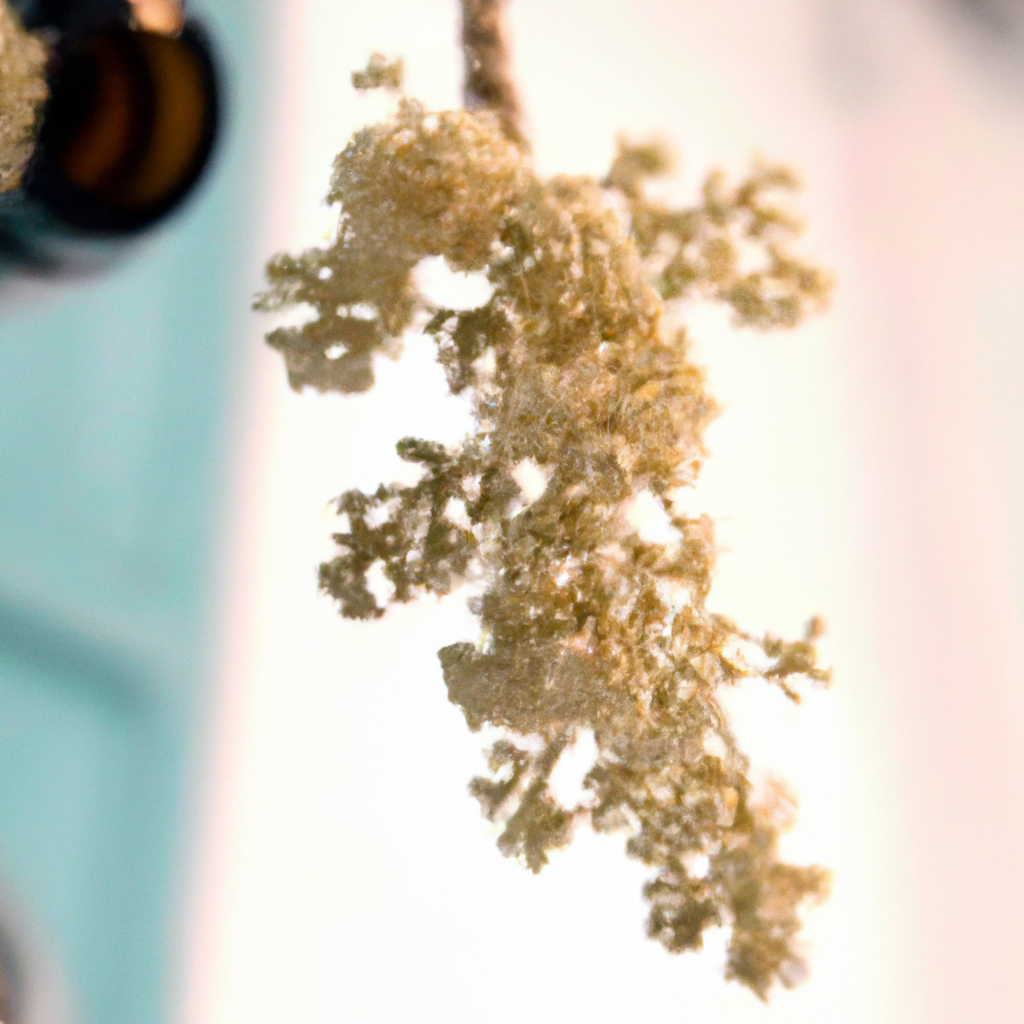Ikebana: The History and Significance of the Japanese Art of Flower Arrangement
Ikebana, also known as kado, is the Japanese art of flower arrangement that has been practiced for centuries. It is a cultural tradition that has evolved over time and has become an integral part of Japanese culture. The practice of ikebana is not just about arranging flowers but also about capturing the essence of nature and expressing it through the arrangement.
History of Ikebana
The history of ikebana can be traced back to the 7th century when Buddhism was introduced to Japan from China and Korea. The monks who brought Buddhism also brought with them the tradition of floral offerings, which led to the development of ikebana. The first known ikebana school was founded in the 15th century by a Buddhist monk named Senno.
During the Edo period (1603-1868), ikebana became a popular pastime among the samurai class. The practice of ikebana was considered a way to cultivate discipline, respect, and humility. Many samurai families had their own private ikebana gardens where they would practice the art of flower arrangement.
In the Meiji period (1868-1912), ikebana became more accessible to the general public. The first ikebana exhibition was held in Tokyo in 1897, which marked the beginning of the modern era of ikebana.
Significance of Ikebana
Ikebana is not just a decorative art but also a form of meditation. The practice of ikebana requires a deep connection with nature and a sense of mindfulness. It is a way to slow down and appreciate the beauty around us.
Ikebana also has a spiritual significance. The arrangement of flowers is meant to represent the relationship between heaven, earth, and humanity. The placement of each stem and flower in the arrangement is carefully considered to create a harmonious composition that reflects the beauty of nature.
Ikebana is also a way to express emotions and feelings. The arrangement of flowers can convey a message or tell a story. It is a way to communicate without words and to connect with others on a deeper level.
Styles of Ikebana
There are many different styles of ikebana, each with its own unique characteristics. The most well-known styles of ikebana are the Rikka, Shoka, and Moribana styles.
The Rikka style is the oldest and most traditional style of ikebana. It is a complex and formal style that uses a tall vase and many branches and flowers. The arrangement is meant to represent a landscape and has a strict set of rules for placement and composition.
The Shoka style is a simpler and more modern style of ikebana. It uses fewer flowers and is arranged in a triangular form. The Shoka style is meant to represent the changing seasons and the beauty of nature.
The Moribana style is a free-form style that uses a shallow vase and a variety of flowers and foliage. The arrangement is meant to represent a natural landscape and is often asymmetrical in composition.
Conclusion
Ikebana is a cultural tradition that has been practiced for centuries in Japan. It is a way to connect with nature, cultivate mindfulness, and express emotions. The practice of ikebana has evolved over time and has many different styles, each with its own unique characteristics. It is a beautiful art form that has a rich history and a deep cultural significance.







